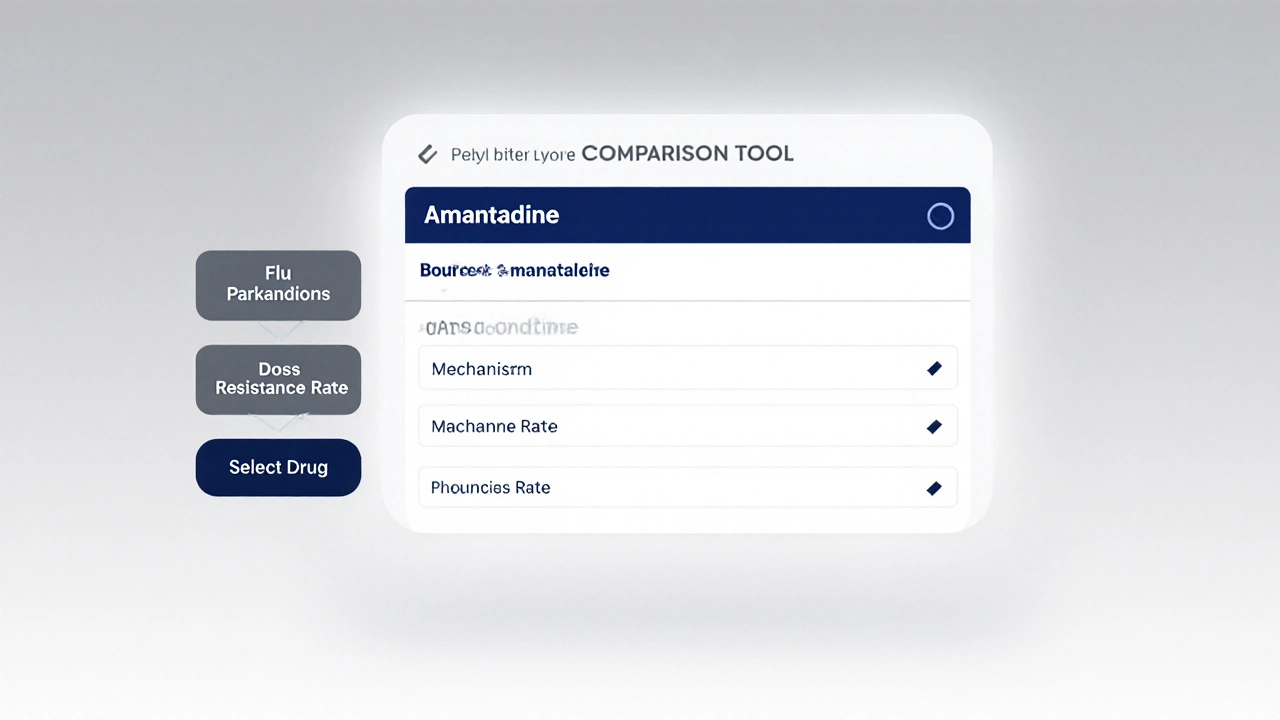Flu Treatment: What Actually Works and What to Avoid
When you have the flu, a viral infection caused by influenza viruses that affects the respiratory system and often comes with fever, body aches, and fatigue. Also known as influenza, it’s not just a bad cold—it can knock you down for days and sometimes lead to serious complications, especially in older adults, kids, or people with weak immune systems. Many people reach for antibiotics, but that’s a mistake. Antibiotics don’t kill viruses. The right flu treatment starts with understanding what your body needs right now: rest, fluids, and maybe a prescription antiviral if you act fast.
Antiviral drugs like oseltamivir (Tamiflu) or baloxavir (Xofluza) can shorten your illness by a day or two if taken within 48 hours of symptoms starting. They’re not magic pills, but for high-risk people—like those with asthma, diabetes, or heart disease—they can prevent hospitalization. Over-the-counter stuff like acetaminophen or ibuprofen helps with fever and pain, but they don’t touch the virus itself. Decongestants and cough syrups? They might make you feel a bit better, but studies show they don’t speed up recovery. And skip the zinc, vitamin C, or echinacea hype—none of them have strong proof they work for flu.
What you do outside of meds matters just as much. Staying hydrated keeps your mucus thin so you can clear it easier. Sleep isn’t optional—it’s when your immune system does its heavy lifting. And don’t go to work or school just because you "feel okay." You’re still contagious for up to a week. If you’re struggling to breathe, your fever won’t break, or you’re confused or dizzy, see a doctor. That’s not overreacting—that’s smart flu treatment.
You’ll find real stories here: what worked for someone with the flu while caring for kids, how one person avoided pneumonia by starting Tamiflu early, why a simple saltwater rinse helped more than any cough syrup. These aren’t theory pieces—they’re practical, lived experiences from people who’ve been there. No marketing spin. Just what helps, what doesn’t, and what you should never ignore.
A detailed side‑by‑side look at amantadine, its uses, and how it stacks up against rimantadine, oseltamivir, zanamivir, and memantine for flu and neurological conditions.

